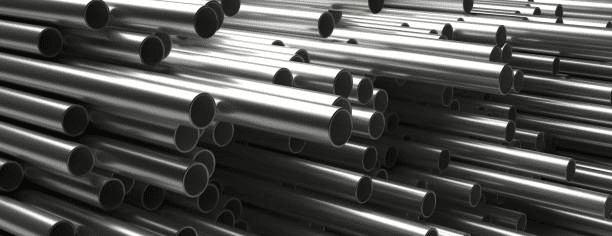
A 316 stainless steel pipe is highly durable and corrosion-resistant, making it an excellent choice for various applications, from food processing to oil and gas industries. The material’s higher molybdenum content increases its strength and flexibility. Molybdenum enhances the material’s pitting corrosion resistance, hence making it useful in harsh environments. They are a wise investment for reliable and long-lasting use. However, it is important that the tubes are maintained properly to ensure maximum longevity. Here are some best practices you can follow to keep 316 stainless steel tubes in their best shape for a long time.
Most industries purchase 316 stainless steel tubes for their superior corrosion resistance, especially in environments with high levels of chlorine or salt. These properties make them perfect for use in chemical, petrochemical, and industrial applications that require greater corrosion protection than ordinary carbon steel.
The alloy also has excellent formability and weldability, which can be used for various projects like retail furniture or fabrication work. 316 stainless steel tubes are austenitic and thus are non-magnetic and have high corrosion resistance. Their composition of nickel, chromium, and molybdenum makes it superior to other types of stainless steel grades.
Regular Cleaning
Proper and regular cleaning can go a long way in maintaining the appearance and function of 316 stainless steel pipes. So make sure that you regularly clean the surface with warm water and mild detergent and thoroughly rinse it with cold water. Avoid harsh chemicals like bleach and cleaning solutions like ammonia as it could damage the finish. Also, avoid using abrasive pads or wire brushes as they can scratch the surface of the tube.
Inspection
Ensure that you conduct regular inspections to maintain the highest performance of your 316 stainless steel tube. Also, check for any signs of corrosion, staining, or surface damage. Create a regular inspection schedule to help identify potential issues early and prevent them from becoming a bigger problem later.
Lubrication
This is another essential maintenance practice for 316 stainless steel tubes. Proper lubrication will help prevent erosion and corrosion of the interior surface of the pipe. This is especially important in areas where fluids with high pH levels or corrosive chemicals pass through. A silicone-based lubricant formulated for stainless steel can be used.
Avoid Contamination
One of the major causes of early failures of 316 stainless steel tubes is contamination. Hence, it is suggested that you be mindful of the pipe’s contamination or exposure to harmful chemicals. Also, make sure that you use only appropriate products during cleaning or maintenance.
Heat Treatment
This is an additional step that can enhance the performance of 316 stainless steel pipe. This process strengthens the steel and makes it more coercion-resistant. However, you need to ensure that the process is adequately supervised, as it can affect the steel’s mechanical properties.
To Conclude
Proper maintenance of 316 stainless steel tubes is essential to make sure that they remain in good condition and offer reliable performance. Following the above practices will help you extend the longevity of the tubes and avoid costly replacements. You need to take regular cleaning, inspection, and lubrication seriously if you want the materials to maintain excellent quality and durability.
Featured Image Source: https://media.istockphoto.com/id/1167305774/photo/pipes-tubes-steel-metal-round-profile-stacked-full-background-3d-illustration.jpg?s=612×612&w=0&k=20&c=QCuiaGE5DRP1AHMDokjOU8NmR-dva2wa_EtsU-VQ3fA=
